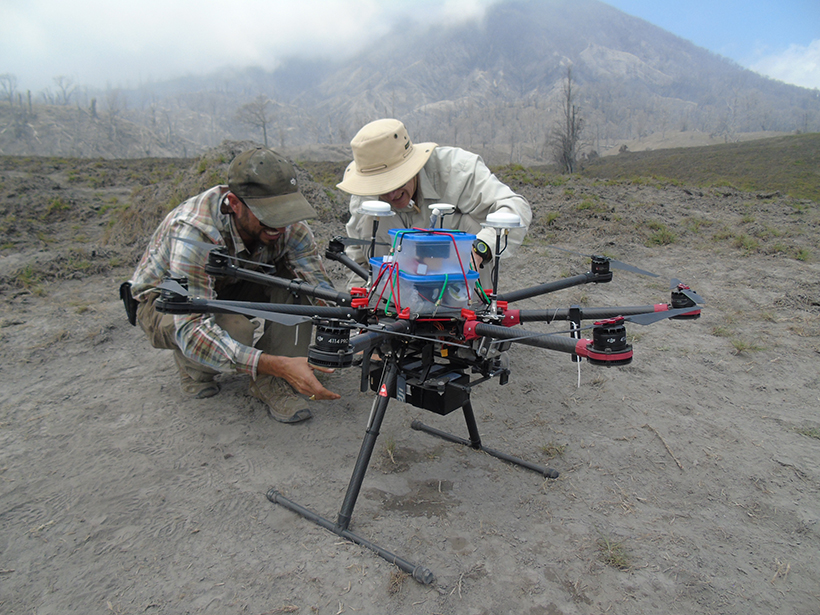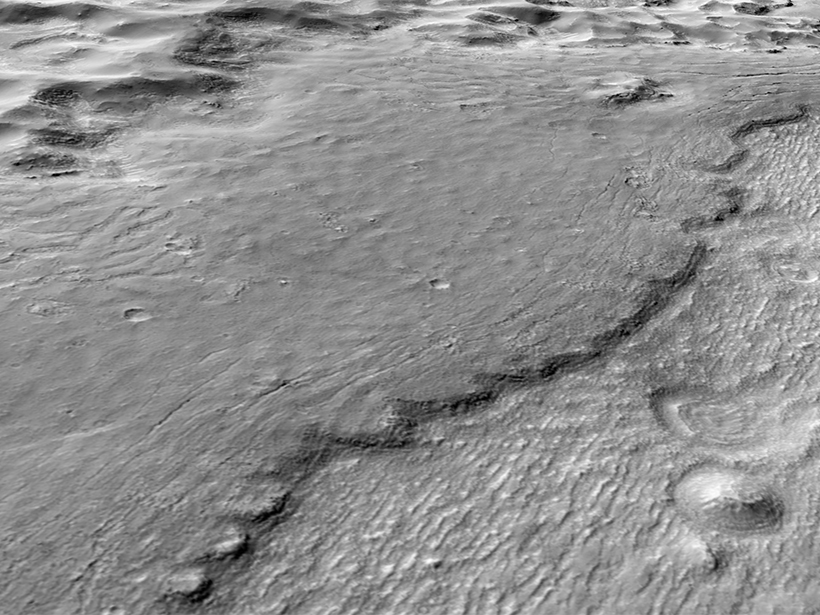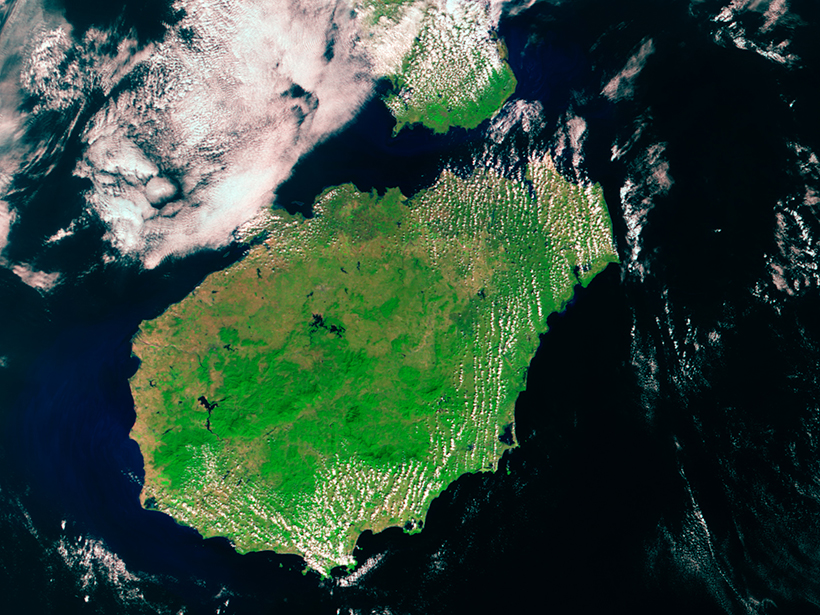Leif Karlstrom will receive the 2018 Hisashi Kuno Award at AGU’s Fall Meeting 2018, to be held 10–14 December in Washington, D. C. This early-career award recognizes “outstanding contributions to the fields of volcanology, geochemistry, and petrology.”
volcanoes
Understanding Electrical Signals from Below Earth’s Surface
A new version of a free Web application (SIGMELTS 2.0) helps Earth scientists interpret electrical anomalies in Earth’s crust and mantle and track the sources of earthquakes and volcanic eruptions.
Black Carbon Not the Primary Cause of Historic Glacial Retreat
Ice cores and glacial records reveal that European glaciers retreated before the rise of industrialization in the 1870s, suggesting that soot deposition did not primarily drive the shift.
Volcano in Iceland Is One of the Largest Sources of Volcanic CO2
High-precision airborne measurements, in combination with atmospheric modeling, suggest that the Katla subglacial caldera may be one of the planet’s biggest sources of volcanic carbon dioxide.
Kīlauea Eruption Abruptly Slows Down
Volcanologists say it’s too soon to know whether the sudden drop in activity signals the end of the eruption or just a pause.
Two Active Volcanoes in Japan May Share a Magma Source
Evidence collected following the 2011 eruption of Japan’s Shinmoedake volcano suggests that the powerful event affected the behavior of an active caldera nearby.
Four Ways Kīlauea Is Redrawing the Map
From burying communities to building new land, this historic eruption is changing the landscape of Hawai‘i Island.
Drones Swoop in to Measure Gas Belched from Volcanoes
A team of volcanologists, chemists, physicists, and engineers from around the world test novel techniques at Central America’s two largest degassing volcanoes.
Tracing the Steps of Hydrothermal Activity in Hrad Vallis, Mars
Conditions that formed Amazonian age valleys may have been hospitable to microbial life.
Linking Mantle Plumes to Volcanoes and Hot Spot Tracks
Study bolsters hypothesis that volcanoes on China’s Hainan Island were formed by a hot spot.









